Udhyam Learning Foundation's Prayaas 2024 united organizations working on youth empowerment in India. Combining Lend A Hand India's reach, Amazon India's tech expertise, and Udhyam's focus on entrepreneurship, Prayaas addressed youth challenges in education, skills, and employment.
This cross-sector collaboration offered innovative solutions to prepare youth for the workforce and contribute to India's economic growth. The event leveraged the strengths of each organization: Lend A Hand India's grassroots experience, Amazon India's technological expertise, and Udhyam Learning Foundation's focus on entrepreneurship. This facilitated dialogues and actionable solutions. Through partnerships, Prayaas aims to equip young people with the skills to thrive in today's dynamic job market.
In a comprehensive conversation with TheCSRUniverse, leaders from participating organizations discussed the collaboration's impact and explored plans to sustain and expand these efforts.
Gain firsthand insights from the leaders themselves in the interview below:
Spokesperson 1:
Mekin Maheshwari
CEO and Founder- Udhyam Learning Foundation
Q. What challenges within the landscape of social impact prompted Udhyam Learning Foundation to embark on the collaborative endeavor of Prayaas? Additionally, could you elaborate on the envisioned purpose and overarching vision guiding this initiative?
A. Youth unemployment and underemployment in India has been a challenge for many years. The recent ILO report mentions the percentage of unemployed youth with secondary and above education among the total unemployed as close to 65 percent. While 12 million youth turn 18 every year, only 1 million new jobs are created every year. To keep up, India will need to create 145 million non-farm jobs by 2030.
There are a number of challenges that underpin these statistics. From a lack of good-enough foundational literacy skills to poor college enrollment numbers, skill gaps, and youth unemployment, these challenges span the areas of education, skilling, vocational training, gender, career guidance, and jobs.
Udhyam Learning Foundation works on solving these challenges through the route of cultivating agency and entrepreneurial mindsets in youth at scale through project-based, real-world learning; i.e., learning by doing.
A number of other organisations have different yet equally powerful initiatives that are solving for India's youth. By each bringing our own unique strengths and perspectives to these challenges, we serve our youth in a holistic way.
In 2023, Udhyam launched Prayaas, which was an attempt to bring together organisations and individuals working towards ensuring better life outcomes for India’s youth, whether through the route of direct interventions, research, policy, industry, or government intervention. This year, in 2024, Lend A Hand India and Udhyam together co-created the second edition of Prayaas.
The aim of the Prayaas Collective is to bring together all of these organisations and individuals who care about India’s youth so that together we can learn from each other, work together, and multiply our impact. Multiple approaches emerge as we do this.
Ultimately, our goal is to better channel India's vast youth potential before it's too late.
Q. How can Prayaas, through collaboration and leveraging its multifaceted approach, influence the development and implementation of comprehensive youth-centric policies in India, addressing diverse challenges and fostering holistic youth empowerment?
A. The purpose of Prayaas is to create a platform for thought leaders, entrepreneurs, and practitioners to come together and exchange ideas. This harnesses the power of dialogues and collaboration by creating a vibrant platform for stakeholders to engage in meaningful discussions and exchange of ideas.
A crucial way in Prayaas enables youth-centric policies is by having both policy makers and diverse stakeholders be in direct conversation with each other. For instance, when industry leaders and expert educationists engage in youth-centric conversation and debate with the people who are making policy (for example, the people who drafted the NEP), this leads to better, more effective, and more informed policy.
Over time, we hope that Prayaas Collective can share more concrete recommendations that policymakers can incorporate into the nation’s education policies.
Spokesperson 2:
Anita Kumar
Amazon Community Impact - India and APAC
Q. How did Prayaas leverage Amazon India's expertise in technology to explore solutions that have a transformative impact on youth education and employment opportunities?
A. Prayaas 2024 demonstrated the power of collaboration in addressing the unique challenges faced by our youth. The event in Bengaluru showcased the immense potential for technology and innovation to drive positive change and empower the next generation, co-creating with educators, policymakers, and the industry. As Amazon, it was great to participate in multiple thought-provoking discussions revolving around entrepreneurship, digital selling, and to draw lessons for the youth from our culture of decision-making and scaling innovations.
Spokesperson 3:
Raj Gilda
Co-Founder and VP- Lend A Hand India
Q. How did Prayaas leverage Lend a Hand India's experience in grassroots work to ensure the solutions addressed the needs of young people from diverse backgrounds?
A. Prayaas 2024 effectively leveraged Lend A Hand India's extensive experience in grassroots work to ensure that the solutions proposed and discussed at the event were inclusive and addressed the needs of young people from diverse backgrounds. Lend A Hand India's background in providing multi-skill vocational training and career guidance to high school students across various states in India brings a deep understanding of the challenges and aspirations of youth from different socio-economic segments.
By integrating Lend A Hand India's insights and methodologies relevant in the sector since its inception in 2006, Prayaas 2024 could focus on practical, scalable, and sustainable solutions. The organization's approach to Skill Development, Internship for High-school Students, which combines exposure to various vocational skills and real-world applications, ensures that young people are both employable and equipped to be self-reliant entrepreneurs.
Lend A Hand India's emphasis on a holistic educational experience, including life skills and work readiness, ensures that the solutions advocated at Prayaas consider the comprehensive development needs of young individuals. Being connected to youth directly through its programs helped Lend A Hand India identify the stars of Prayaas 2024, who were youth from Lend A Hand India and Udhyam’s programs.
Their perspective brought invaluable insights into the local contexts, enabling the event to propose relevant and adaptable solutions to different regions and communities.
The focus on ensuring multiple stakeholders, including headmasters, policy experts, teachers, and youth, and a particular focus on Industry perspective, made the solutions more likely to be effective and impactful across diverse youth demographic groups.
Q. Share a specific solution discussed at Prayaas that exemplifies the power of collaboration between Udhyam, Lend a Hand India, and Amazon India in addressing youth development challenges.
A. All eight solutions discussed at Prayaas 2024 exemplify the power of collaboration between Udhyam, Lend A Hand India and Amazon India in addressing youth development challenges.
TechBee – HCL’s Early Career Program is an exclusive job program for students looking for financial independence after completing Class XII
Rightwalk Foundation Apprenticeship Program that connects students with Apprenticeship opportunities
Evencargo: Empowers women with employment opportunities in the logistics sector
Jagriti Yatra: Encourages youth to “Build India through Enterprise”
Plio by Avanti Fellows: Provides personalized educational support to enhance learning outcomes
Lend A Hand India’s Internship for High School Students: Offers practical work experience aligning with industry needs and empowers students to seek internship opportunities with Small and Medium Enterprises
Udhyam Learning Foundation’s Youth Business Program: Cultivates entrepreneurial skills among the youth, focusing on Making Bharat Entrepreneurial
Floorwalk: Trains youth in customer engagement and service, leveraging retail insights.
Q. How can Prayaas, through collaboration, equip young people with the necessary skills to contribute to India's economic growth and leverage its demographic dividend?
A. Prayaas, through its collaborative approach involving multiple organizations, can equip young people with the necessary skills in several strategic ways to contribute to India's economic growth and leverage its demographic dividend:
High Demand Industry skills: By offering specialized programs like HCL Techbee, Prayaas equips youth with high-demand technical skills, directly contributing to the technology sector.
Entrepreneurial Empowerment: Udhyam’s Youth Business Program nurtures entrepreneurial skills, enabling young people to contribute to economic growth and job creation.
Industry Relevance: Amazon India’s partnership ensures that skill development is aligned with current industry requirements, enhancing employability.
Gender Inclusivity and Diversity: Programs like Evencargo promote inclusivity in traditionally male-dominated sectors, ensuring broader participation in economic development.
Practical Work Experience: Lend A Hand India’s Internship and Rightwalk Foundation's apprenticeship programs offer hands-on experience, which is crucial for understanding workplace dynamics and requirements.
Rural and Nationwide Engagement: Initiatives like Jagriti Yatra encourage entrepreneurial thinking in rural contexts, promoting widespread economic engagement.
Quality and Relevant Education: Plio by Avanti Fellows enhances educational outcomes, preparing students for advanced contributions in critical sectors.
Aligning with Government Schemes: The Rightwalk Foundation's alignment with NAPS (National Apprenticeship Program Scheme) underlines the commitment to enhancing skills through apprenticeships, providing financial support and basic training facilities to establishments, further enabling young apprentices to gain valuable on-the-job training.
By integrating such diverse approaches and hopefully beyond these organizations, Prayaas is creating a multifaceted strategy to skill, empower, and engage India's youth, directly contributing to economic growth and effectively leveraging the nation's demographic advantage.
Q. Looking beyond Prayaas, how can the learnings and partnerships established through this collaborative initiative be sustained and replicated to address youth development challenges across different regions and communities in India?
A. Sustaining and replicating the learnings and partnerships established through Prayaas can significantly amplify the impact on youth development across India. Here's how this can be achieved:
Scalable Models: Develop scalable and adaptable models based on the successful initiatives within Prayaas. These models should be flexible enough to be customized for different regional contexts while maintaining the core objectives and strategies.
Knowledge Sharing: Establish a platform for continuously sharing insights, best practices, and challenges encountered during Prayaas. This could be in annual reports, conferences, webinars, or an online repository, facilitating a learning community among stakeholders across regions.
Policy Advocacy: Use the outcomes and success stories from Prayaas to engage with policymakers at various levels. Advocating for supportive policies and frameworks can enhance the scalability and impact of youth development initiatives.
Public-Private Partnerships: Strengthen and expand public-private partnerships to leverage both sectors' resources, expertise, and networks. Such partnerships can enhance the reach and effectiveness of youth development programs and ensure alignment with national priorities.
Community Engagement: Involve local communities in the planning and executing of youth development initiatives. Tailoring programs to meet local needs and leveraging community assets can enhance the relevance and sustainability of these initiatives.
Continuous Evaluation and Adaptation: Implement a robust monitoring and evaluation framework to assess the effectiveness of replicated initiatives. Continuous learning, and adaptation, based on data and feedback, can improve program outcomes and scalability.
Leverage Technology: Utilize digital platforms and technology to extend the reach of successful programs, share resources, and facilitate training and education across diverse regions, especially in remote areas.
Capacity Building: Invest in building the capacity of local organizations and stakeholders to implement, manage, and scale youth development initiatives, ensuring that the programs are sustained over the long term.
By adopting these strategies, the learnings and partnerships from Prayaas can be effectively sustained and replicated, contributing to a comprehensive and inclusive approach to youth development across different regions and communities in India.
Q. What kind of support and guidance can these organizations provide beyond Prayaas to ensure the long-term sustainability of the solutions discussed?
A. To ensure the long-term sustainability of the solutions discussed at Prayaas, support and guidance can be provided in several key areas:
Continued Mentorship: Ongoing mentorship for young entrepreneurs and students can help them navigate challenges, refine their strategies, and sustain their initiatives. This could include access to industry experts, successful entrepreneurs, and educators.
Capacity Building: Offering workshops, training programs, and resources to develop skills in leadership, financial management, problem-solving, and innovation can empower the youth to effectively manage and grow their initiatives.
Networking Opportunities: Connecting with a broader network of peers, industry leaders, and other stakeholders can provide valuable insights, collaboration opportunities, and access to broader markets or resources.
Access to Funding: Guidance on securing funding, whether through grants, loans, or investments, can help youth-led initiatives scale and sustain. This could also include assistance in crafting compelling pitches and business plans.
Technology Support: Providing access to and training in relevant technologies can enhance the efficiency, reach, and impact of youth-led solutions, especially in areas like education, vocational training, and entrepreneurship.
Evaluation and Feedback: Implementing frameworks for regular assessment and feedback can help initiatives measure their impact, identify areas for improvement, and iterate on their strategies to enhance effectiveness.
Policy Advocacy: Offering support in engaging with policymakers to advocate for supportive regulations and policies can help create an enabling environment for the solutions to thrive.
Market Linkages: Assistance in establishing connections with potential markets, customers, or partners can help initiatives gain traction and achieve financial sustainability.
By providing this multifaceted support and guidance, the long-term sustainability and impact of the solutions discussed at Prayaas can be significantly enhanced, ensuring they continue contributing to youth development and economic growth.
Building on the successes of Prayaas, what specific types of employable solutions do you envision developing together to prepare young people for the future workforce? How can collaboration contribute to creating these solutions?
A. Building on Prayaas' successes, several specific employable solutions can be developed to prepare young people for the future workforce. Collaboration is crucial in creating and refining these solutions, ensuring they are comprehensive, innovative, and aligned with industry needs. Here are some targeted solutions and the role of collaboration in each:
Digital Literacy and Tech Skills Programs: Given the digital transformation across industries, programs focused on digital literacy, coding, AI, data analytics, and cybersecurity can be essential. Collaboration can unite tech companies, educational institutions, and NGOs to design curricula, provide real-world projects, and ensure alignment with industry trends.
Entrepreneurship Development: Programs that nurture entrepreneurial skills can empower youth to create their ventures. Collaborative efforts can involve business incubators, financial institutions, and experienced entrepreneurs to provide mentorship, funding guidance, and business management training.
Soft Skills Training: As automation and AI become more prevalent, soft skills like critical thinking, communication, and collaboration gain importance. Collaborative networks can help integrate soft skills training into existing educational frameworks and provide experiential learning opportunities through internships or community projects.
Green Jobs Training: Preparing youth for roles in sustainable industries and green technology can be a forward-looking employable solution. Collaboration between environmental organizations, educational institutions, and businesses can develop programs that provide the necessary skills and knowledge for careers in this growing sector.
Industry-Specific Vocational Training: Tailored programs that offer specialized skills for sectors like healthcare, manufacturing, or retail can be highly effective. Collaboration ensures that these programs are designed with input from industry stakeholders, providing practical experience and industry certifications to enhance employability.
Innovation Labs and Makerspaces: Creating spaces where young people can experiment, innovate, and work on real-world problems can foster critical thinking and problem-solving skills. Collaborative efforts from educational institutions, industry partners, and government can equip these labs with the necessary tools and resources.
Cross-Sectoral Apprenticeship Programs: Expanding apprenticeship models to various industries can provide hands-on experience and a pathway to employment. Collaboration between businesses, government agencies, and educational institutions can ensure these programs offer valuable experience, align with educational credits, and meet industry standards.
Lifelong Learning and Upskilling Platforms: As the pace of change in job requirements accelerates, providing platforms for continuous learning and upskilling becomes crucial. Collaborative efforts can create accessible, flexible learning platforms that offer updated content, certifications, and personalized learning pathways.
By fostering a collaborative ecosystem that includes stakeholders from education, industry, government, and civil society, these employable solutions can be effectively developed and scaled, ensuring that young people are well-prepared to thrive in the future workforce.



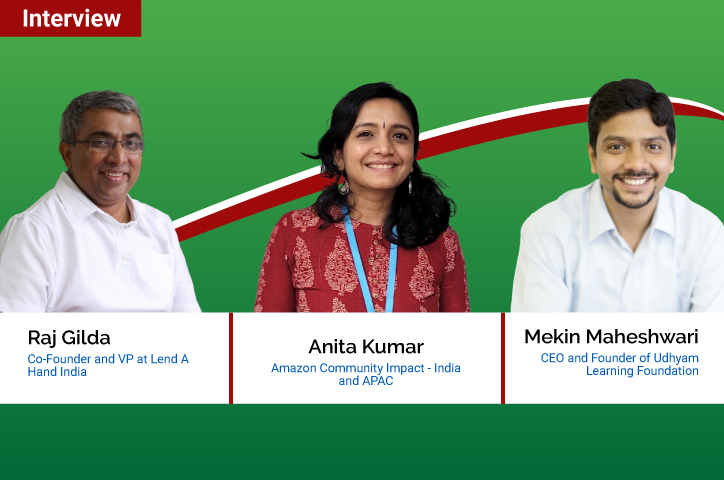
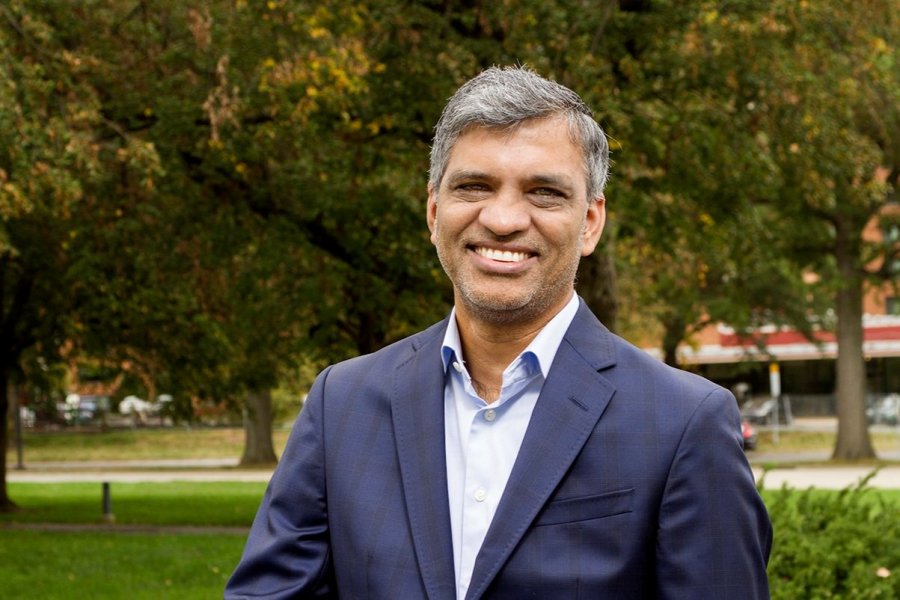


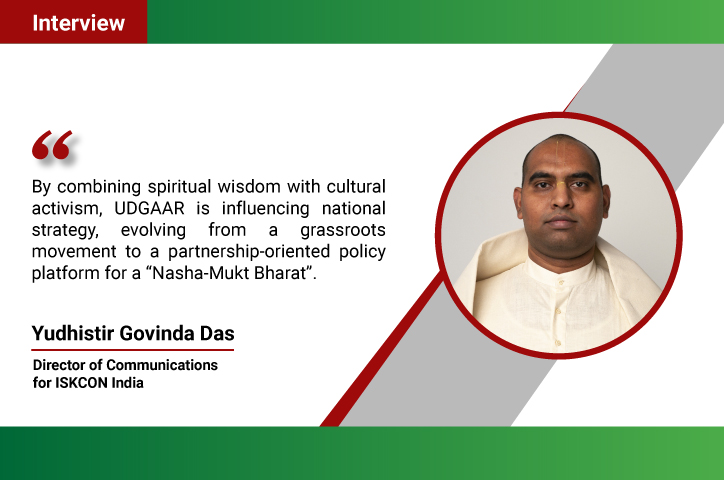

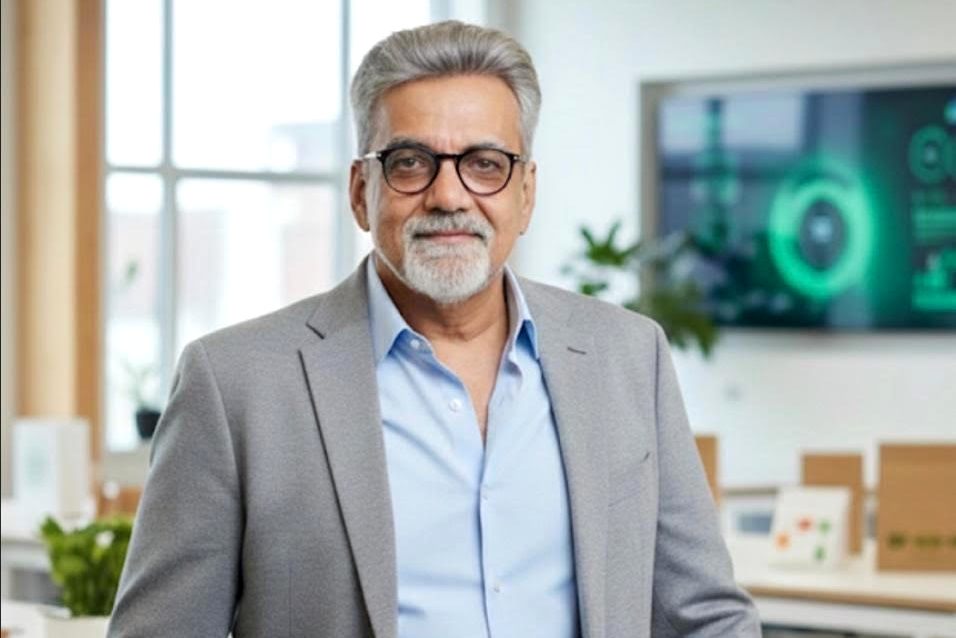

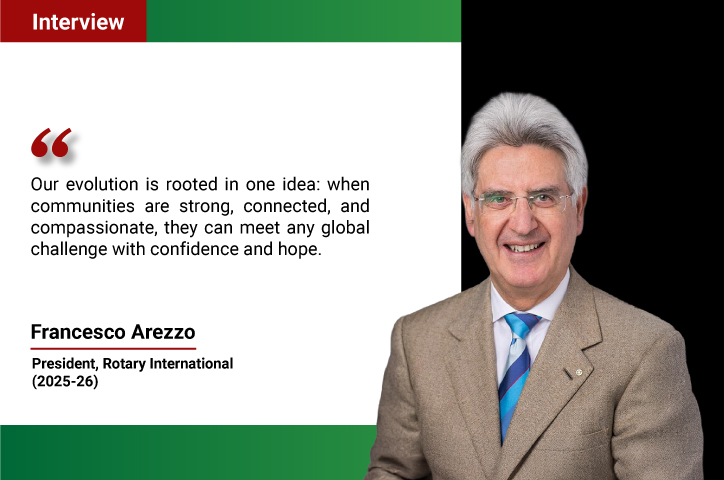
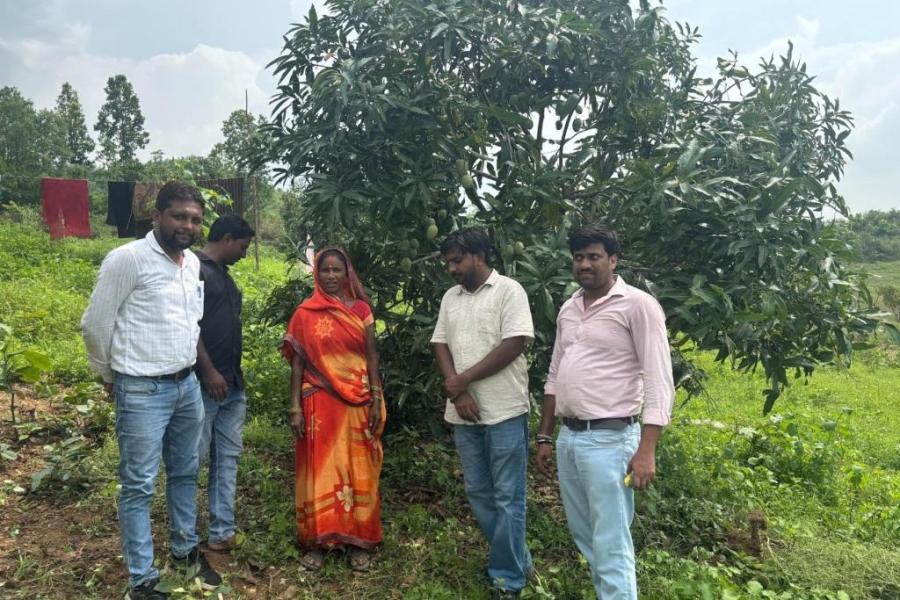

.jpg)




